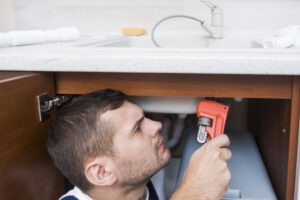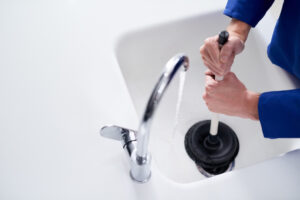DIY: Flushing Out Your Water Heater
When you imagine home maintenance, you probably don’t give your water heater a second thought. And you’re not the only one to ignore water heater maintenance. People often fail to recognize the importance of water heater flushing, and this is one of the leading reasons for needing plumbers in Tulsa, Oklahoma.





